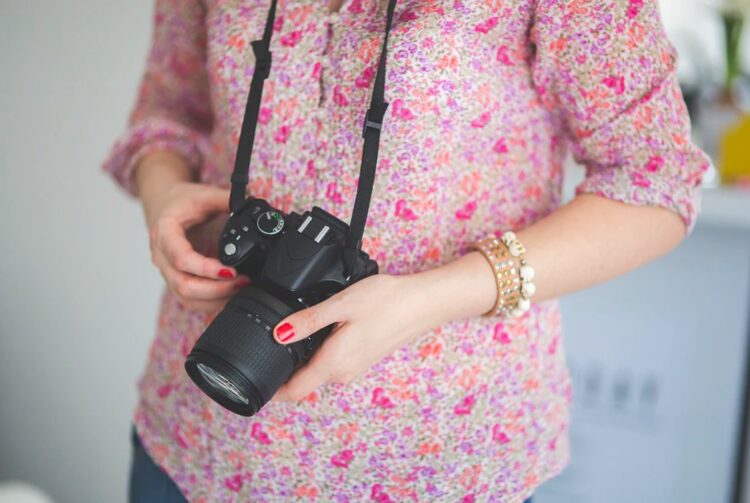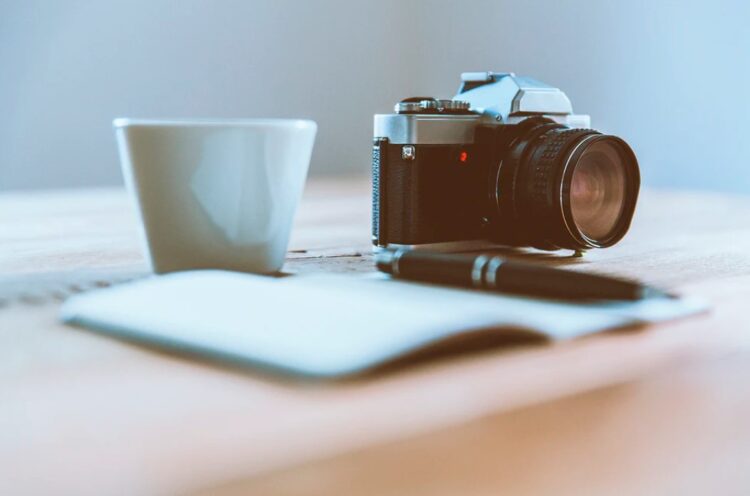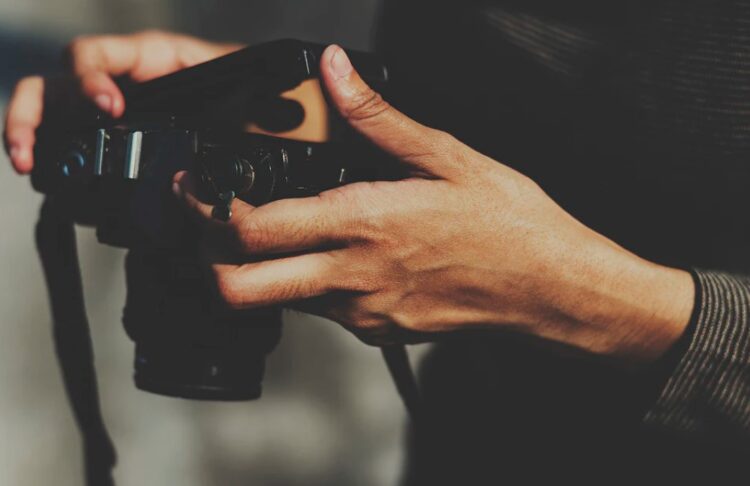Taking pictures isn’t just the best way to capture special moments, but also to tell stories and share life’s most joyous moments through memories. So whether you’re planning a holiday trip out of the country with the family, are about to get married, or become a parent, photography will enable you to immortalize your best memories.
However, if you’re not too familiar with your smartphone’s camera or haven’t used a digital single-lens reflex camera or DSLR before, then it can be a little daunting. This is true especially if you plan on making a career out of it. The good news is that it’s not as complicated as it appears to be. In this guide, we’ll discuss some of the basics of photography and tips that will allow you to get the best shots as a beginner.
Familiarize yourself with the camera’s basics

Before you begin taking photos, it’s a rule of thumb to familiarize yourself with how your chosen equipment works. Learning about the mechanics and features of the camera, be it a DSLR or smartphone, will allow you to maximize its use and come out with much better shots than you would have if you didn’t.
For example, having an understanding of how to turn its automatic flash on and off, change its shutter speed, and zoom in and out can turn what would otherwise be bland pictures into great ones. For this reason, it’s always a good idea to defer to the manual of the device or online resources on it. With that said, here are some of the most common features you’re likely to find and should use to full effect:
-
- Grid mode and viewfinder. As its name suggests, the grid mode allows users to have a planning grid on the screen to better assess the subject’s proportions. On the other hand, the viewfinder feature can help strategize your photo’s composition.
- Zoom. Generally, keeping this mode at default is recommended because zooming in too close or far can reduce picture quality. However, a better understanding of your device’s limitations regarding this feature will allow you to benefit from its use.
- Focus. While most cameras automatically come with autofocus, you should still figure out how to manually focus once you’re more comfortable with the other basics of photography. Doing so can lead to more visually engaging and exciting images.
- Color balance. This feature can be handy because it can help you get around lighting concerns and ensure that your pictures don’t have any undesirable colors in them.
- ISO. This feature affects the camera’s light sensitivity and can determine how grainy your photos become.
- Shutter speed. The shutter speed can determine how dark or blurry the pictures are. So, it’s crucial to find the right balance.
- Histogram. This feature represents the color values being displayed in the device. By keeping the aforementioned values in the right setting, you’ll be able to take better shots.
- Flash. While it’s common practice to stick with the external lights, you must still have a good understanding of how your camera’s flash works in case no other light sources are available.
- Aperture – Having control over the images’ light is crucial to their quality. And you’ll have more control by adjusting the aperture settings of your camera.
Photography tips

Once you’ve familiarized yourself with your equipment, the next step is to start practicing. Look for photos that resonate with you and choose what kind of photography niche you want to focus on. Don’t be afraid to post the pictures on social media because you’ll be able to get some invaluable insight on what you can do to improve. While you’re at it, why not turn your social snaps into a beautiful photo book gift at mysocialbook.com? This way, you can compile your favorite pictures into a physical photo book, charting your journey from beginner to veteran!
- Get up close. There’s no denying that zooming in can considerably reduce the image quality of your photo. However, getting in close proximity to the subject won’t. As such, it makes sense to get nearer if it’s safe.
- Always practice. Unlike before, it’s easier to practice photography these days. After all, you don’t have to spend on film since most modern cameras and smartphones can take photos digitally. So be sure to keep on practicing. It will make a difference.
- Check the lighting. A lack of light or harsh shadows can impact your photos severely. Therefore, you’ll want to have an external source of light before you begin your photoshoot.
- Consider photo composition. One of the keys to taking excellent photos is considering the arrangement of all the visual elements of the shot. It enables the image to tell a more cohesive story, after all. So be sure to take its composition into account and stick with the rule of thirds whenever possible.
- Take up a class. Apart from practice, one of the most effective ways of improving in photography is by taking up a class. Many of the courses can be taken over the internet, allowing you to learn from home instead of attending in-person classes. And since the cost can vary, a little research will help you find one that won’t break your bank.
- Keep perspective in mind. There are times when a shot simply doesn’t work because of the angle. So be sure to try other perspectives.
- Experiment with the filters. While most prefer to use an photography editing program to make their photos appear as intended, many smartphones come with cameras that have their fair share of filters. It isn’t a bad idea to experiment with them since you can save yourself a lot of time if you find one that fits the photo you’ve taken.
Conclusion

Photography is a lot more accessible today than it was in the past, thanks to current-generation technology. In fact, anyone with a mid-range smartphone can take impressive photos. However, make no mistake; it still takes some work. Be sure that you learn and understand your device and its features and pair them with good photography practices.
 Hi Boox Popular Magazine 2024
Hi Boox Popular Magazine 2024



